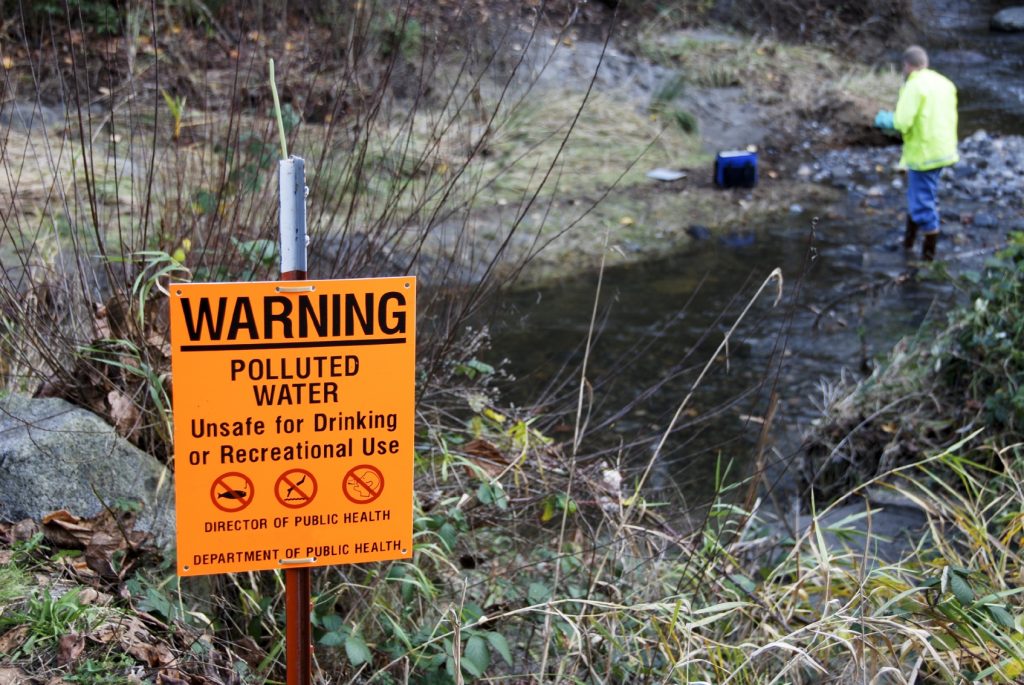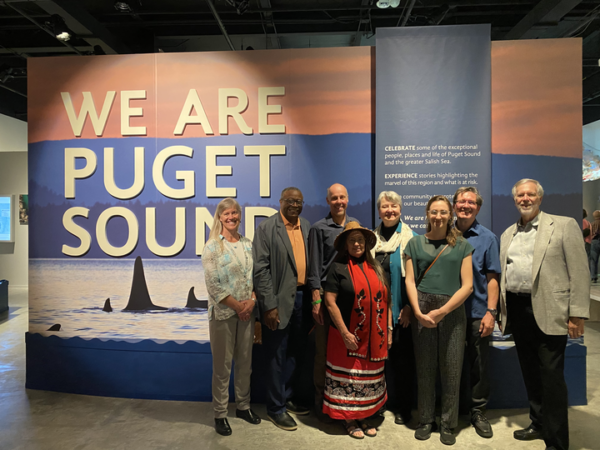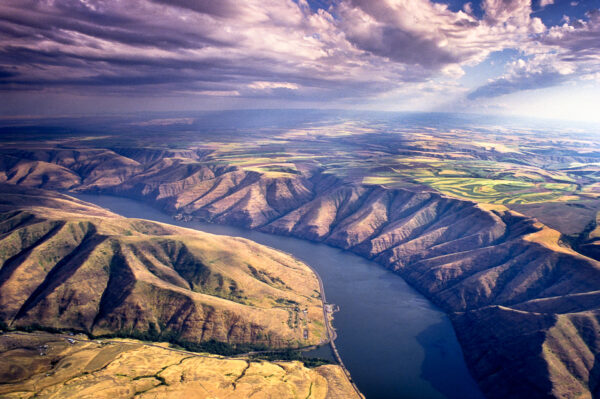
What happens after you flush the toilet? Where does it go? Who takes care of it? Is it possibly harmful to people or the environment?
If your indoor plumbing works properly, you probably don’t think about what happens after you flush. Few people consider it because the process is invisible — until something goes wrong. Pollution in wastewater can harm fish and other wildlife, make people sick, and harm our environment.
If you live in a rural area you may have an onsite sewage system, like a septic tank. Then, pipes transfer wastewater from your home and discharge it to an underground vault. The simplest systems settle out solids with microorganisms that partially treat wastewater before the tank releases the liquids into the ground. When this process fails, septic systems can harm life downstream.
Local health departments and state agencies set rules for protecting people and waters from onsite sewage systems.
In densely developed areas, centralized treatment plants collect raw wastewater from your home. Untreated, the wastewater moves through a series of tanks that sequentially clean and disinfect it. Treatment facilities then discharge into our rivers or marine waters, including the Puget Sound, which are crucial waterways for Orcas and home to traditional fishing areas for tribal nations.
Under the federal Clean Water Act, EPA and Washington’s Department of Ecology issue permits that limit the amount of pollution allowed to be discharged in order protect human health and aquatic life, and to preserve cultural lifeways. When a facility violates those permit conditions, EPA and Ecology can impose fines and require corrective actions to fix their problems, as happened recently when King County’s West Point wastewater treatment plant released partially treated sewage to Puget Sound.
Mindy Roberts, WEC’s People for Puget Sound Director, once worked at the Donald C. Tillman Water Reclamation Plant in Los Angeles. The award-winning architectural beauty — a literal wastewater treatment plant — was even featured in Star Trek. Its impressive design features a breathtaking Japanese garden filled with lotus flowers, fish and ducks and demonstrates that treated wastewater can be a resource. It isn’t really waste at all, then — investing in wastewater facilities can be both functional, and add additional community value.
While we need to take better care of our existing sewage systems, we also need to be thinking of the years ahead. Our economy, our culture, and Washington’s beautiful environment draw people here, which means more demand on wastewater facilities built decades ago. Now is the time to prepare for the future generations of Washingtonians who deserve access to clean water and to respect the treaty rights of tribes.
The next time you flush, appreciate the systems that take care of your sewage and thank the people who take care of what happens downstream.



